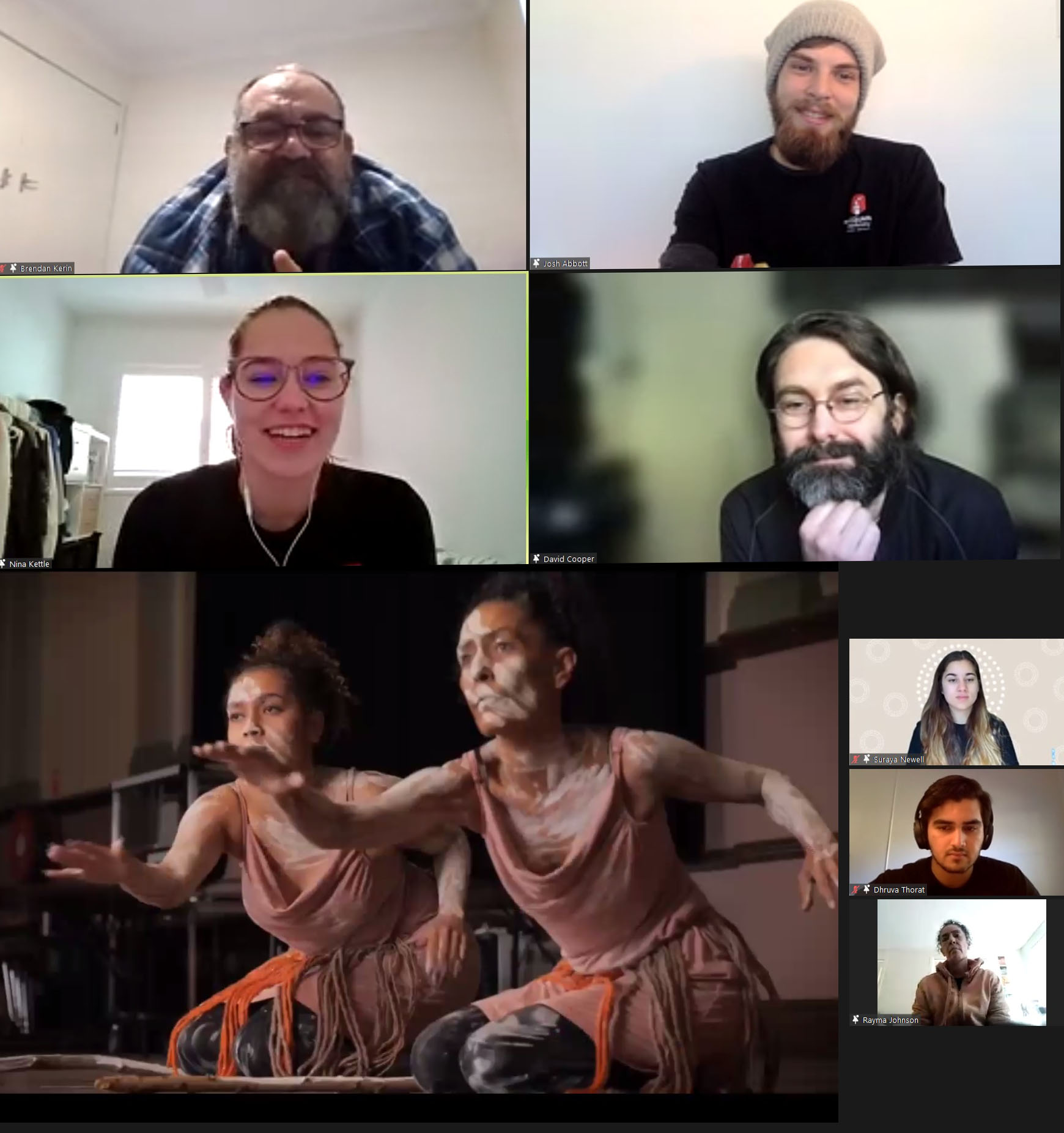National Science Week 2021 (Aug 14-22) has just wrapped up and what a successful week it was for Macquarie’s National Indigenous Science Education Program’s (NISEP) ‘Indigenous Science Experience’.
The educational program reached 1500 people this year despite encountering more lockdown obstacles than last year’s inaugural online experience. Without access to a studio space or the ability to send school packages to students for chemistry, maths and physics sessions, the program still attracted people drawn from local school groups with high Indigenous cohorts, to young children, to teenagers and young adults hard of hearing, to families, and to the wider public across Australia.
The annual Indigenous Science Experience is coordinated by Associate Professor Joanne Jamie in the Dept of Molecular Sciences. Going online for the first time in 2020, it provides a week of webinars and workshops that respectfully showcases the significance of First Nations peoples culture and science.
“We decided to redesign sessions where all that was needed by the schools was their device, a piece of string and some space to move around, and for our public events the only thing apart from the attendees and their device was materials already around them,” says Associate Professor Jamie. “We had fantastic engaging presenters that made it all work.”
Highlights this year included learning about bush foods and medicines with Yaegl Elders Aunty Glenda MacPhail and Dr Uncle Ron Heron and the exciting uses of seaweeds with James and Sarah Thomas, founders of the fully Indigenous owned South Coast Seaweed; Indigenous astronomy in Australia with Uncle James Ingram, Trevor Leaman and Bob Fuller; and the interactive sessions on making tools from nature with Dave Harrington of Stone and Bones and learning to weave with Wiradjuri woman (and Macquarie MRes student) Renee Cawthorne.
They also ran online classes with primary school students from Redfern Jarjum College and Darlington College on Science of Sound with Uncle Brendan Kerin and Dolby Australia and on Movement Science with Aboriginal dancer Rayma Johnson.
“The program is a fantastic opportunity to learn about and embrace culture of First Nations people and to work towards reconciliation,” says Associate Professor Jamie.
“NISEP’s core goal is to position Indigenous secondary students as science leaders and role models, to empower young people who are under-represented in higher education. While COVID-19 has made this more challenging within the low socioeconomic status schools NISEP partners with, the success of the program has given NISEP the confidence to provide these leadership opportunities for students in NISEP partner schools, online, as well as for other students including those from Indigenous, rural and/or refugee backgrounds.”
This year, NISEP also attracted some very positive media attention and coincides with the release of NISEP’s latest research paper published last week, “The National Indigenous Science Education Program (NISEP): outreach strategies that facilitate inclusion”, for the Journal of Chemical Education special issue on Diversity, Equity, Inclusion, and Respect in Chemistry Education Research and Practice.
For more information on NISEP, go to nisep.org.au, or contact Joanne Jamie (joanne.jamie@mq.edu.au).